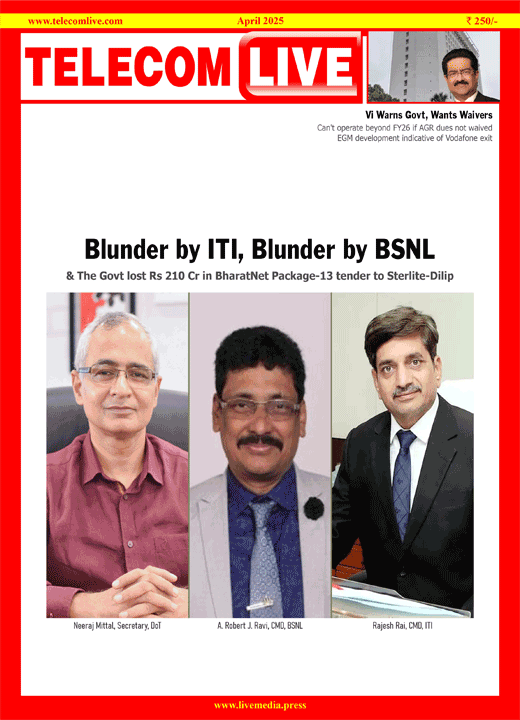UPI outages lasted 282 minutes across two incidents in 2022, 2025
India’s real-time payments system Unified Payments Interface (UPI) faced a fourth outage in more than two weeks on April 12, 2025. The National Payments Corporation of India (NPCI) attributed transaction failures to ‘intermittent technical issues’.
Cumulatively, UPI was down for 282 minutes across two partial and intermittent incidents, NPCI data shows. These included one in January 2022 which lasted 187 minutes and the other in March 2025 lasting for 95 minutes.
NPCI has attributed the transaction failures to “intermittent technical issues”.
“We regret the inconvenience caused,” the retail payments and settlement systems operator said in a statement on social media platform X.
The longest outage, lasting 187 minutes, was in January 2022.
However, the uptime for the UPI, the time when transaction services are fully functional, has exceeded 99 per cent each month, indicating a high rate of functionality.
Some of the likely reasons for the outages in just more than 15 days, Business Standard reported last week, included network disruption caused by internet service providers (ISPs) powering the UPI’s data centres, hardware malfunctions, and the overloading of banks’ transaction-processing systems.
An hour’s outage means about 40 million UPI transactions are affected. In March, the UPI recorded 590 million daily average transactions. The network had 550 million transactions on March 26, the day of the first of the recent outages — a 7 per cent decline from 581 million transactions processed on the previous day.
Market dynamics
In the recent times the duopoly of the UPI — with just two fintech players — has also emerged as a concern.
PhonePe continues to dominate the UPI leaderboard, commanding a 47.25 per cent market share, followed by Google Pay at 36.04 per cent and Paytm at 6.67 per cent in March, according to the NPCI data. Together, the top two players have more than an 83 per cent market share.
Fintechs Navi and Super.money were the fourth- and fifth-largest at 1.77 per cent and 0.94 per cent, respectively.
The dominance of PhonePe and Google Pay comes when NPCI is tasked with balancing the market by capping any player’s market share at 30 per cent and there are calls for the UPI to have a reasonable merchant discount rate (MDR).
NPCI was expected to cap the market share of players by the end of last calendar year.
However, it extended the deadline for a second time by another two years to 2026.
Interestingly, in the runup to that year, the apex retail payments body issued a record 20 third-party payment application (TPAP) licences to players.
The industry attributed this to the process of diluting the market share of leading players and promoting its distribution among smaller firms.
“Having a balanced market share is an objective. It is a difficult task in that sense. We are hoping new players are able to invest back, gain market share, and grow the market, and, more importantly, bring out different use cases,” Dilip Asbe, managing director and chief executive officer (CEO), NPCI, told Business Standard in an earlier interaction.
MDR: When and how?
Unlike transactions on the debit and credit card, the merchant discount rate (MDR) was made zero for UPI transactions and RuPay debit card transactions in January 2020. This was done through amendments to Section 10A of the Payments and Settlement Systems Act, 2007, and Section 269SU of the Income-Tax Act, 1961.
The MDR refers to the fee merchants pay banks or companies (fintechs) processing payments for executing a transaction.
“Since the Payments and Settlement Systems Act was amended to make UPI free for all transactions, it needs to be amended again if any meaningful fee is supposed to be added to peer-to-merchant (P2M) transactions specifically. This will require intervention from the Prime Minister’s Office (PMO) and the Ministry of Finance,” a person close to discussions around the MDR said.
Last month, the Payments Council of India (PCI), a representative body of digital payments players in India, wrote to Prime Minister Narendra Modi, asking for a 0.30 per cent MDR regime on transactions made through the UPI at large merchants.
The PCI sought to introduce an MDR structure on RuPay debit card transactions applicable to merchants of all sizes.
If the proposal goes through, nearly 90 per cent of India’s 60 million UPI-accepting merchants will remain unaffected because they come under the small-enterprise category. Small merchants are enterprises with an annual turnover of ~20 lakh or less.
Only about five million earning over ~20 lakh, categorised as large merchants according to the payments body, would be liable to pay a nominal fee for processing transactions on the UPI.



